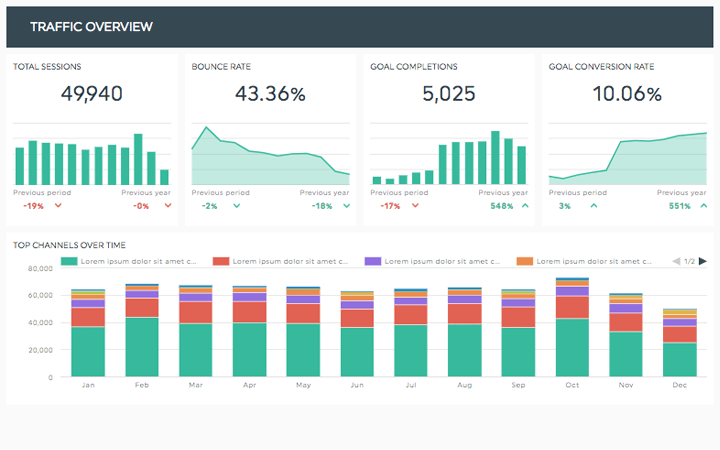But if you want to maximize your ROMI, you need to be able to calculate it across every sub-channel of your business. In this case, marketers use attribution. Marketing attribution identifies user actions (touchpoints or user journeys) your clients will go through before buying. It helps assign which channels should get the credit for the sale, ensuring that marketing expenditures are appropriately allocated.
That said, the rule of thumb for good ROMI is typically a 5:1 ratio, with exceptional ROI being considered around a 10:1 ratio. However, because every organization is different, it’s essential to consider the unique overhead costs, margins, and industry factors and standards unique to the sector of activity.






